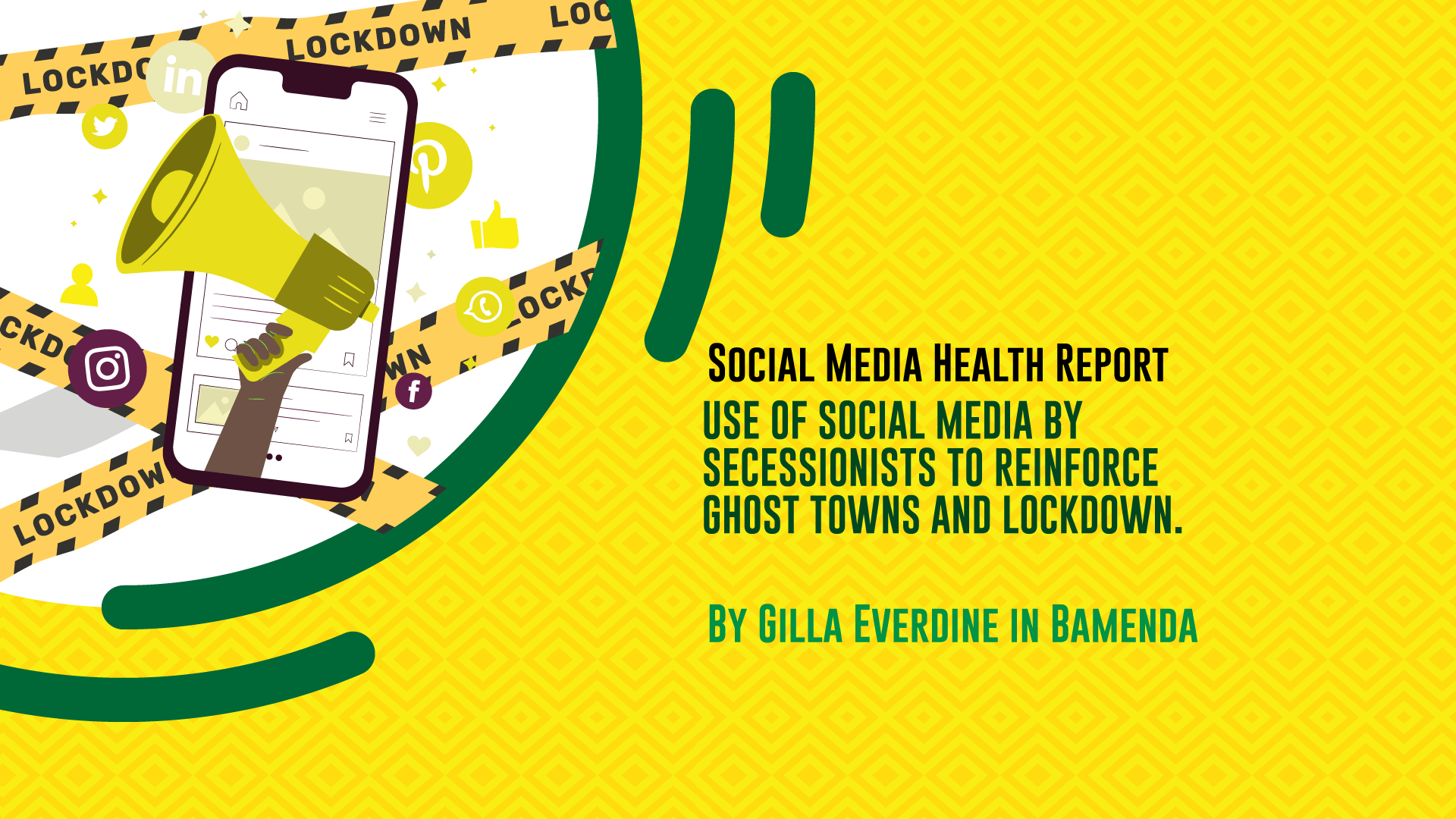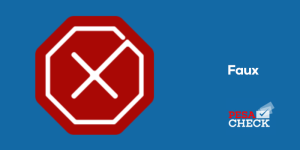By Gilla Everdine in Bamenda
INTRODUCTION
The start of the Anglophone crisis in the North West and South West regions of Cameroon on the 21st of November 2016 was set in motion when Lawyers and teachers took to the streets of Buea and Bamenda to protest the domination of the French language in the Anglophone Schools and Courts. This strike action later on gained public support and turned into a popular uprising action demanding the political reforms in Cameroon. (Google). The crisis escalated on October 1st 2017 when secessionist groups led by Julius Sisiku Ayuke Tabe symbolically proclaimed the independence of a new Nation comprising the two Anglophone regions called ”Ambazonia”.
BODY
The protest in the two English speaking Regions later on turned into a bloody war when secessionist fighters on the ground became armed and launched attacks against State Security Forces and later civilians got caught between two camps. The clash between the Cameroon Military and the Separatist Fighters has led to over eight thousand accounted deaths and many displaced persons internally and externally with others fleeing for their lives as results of being termed sellouts commonly known as “blacklegs”. These numerous deaths has led to the creation of a day within a year for the mourning of the fallen citizens. (Source Government Online)
One of the strategies used by Separatists is the Ghost Towns which the Journal du Cameroun on 3rd March 2021 defined as a civil disobedience to the Government as a form of protest and involves people staying home and not going to work, school or opening businesses. It was initiated by the disbanded Anglophone Civil Society Consortium towards the end of 2016. On the 17th August 2018, the Ghost Town protest was initiated as a general strike every Monday by Separatist supporters as a form of non-violent resistance against the Government in favor of secessionists. On 28th July 2017, a press release circulated online by Southern Cameroon’s Governing Council that Schools shall not resume in their territory in September and quoted “ We are Calling on the peace loving people of Southern Cameroons to arm themselves by stocking their homes with as much foodstuffs as possible”. This announcement posted by One Month Online was followed by street protests starting on 4th September 2017 to 4th October 2017.
Tensions grow stronger as the Anglophone Civil Society Consortium body disbanded and Lawyers and Teachers took to the street demanding the rights of a two state federation which ended in more deaths of both civilians and armed men including the destruction of property. The very first incident went viral on Social Media on the 14th of January as Security Forces went on a rampage shooting four unarmed young men and severely wounding them following which the Consortium called for a two days ghost towns as peaceful protests in which most businesses remained closed and roads largely abandoned. However, some protesters took their anger to the streets with others blocking trucks from transporting petroleum and timber to Francophone zones which later aroused even more violence. (Facts drown online from African Arguments).
So far, social media has contributed greatly in fueling Ghost towns and lockdowns by secessionist fighters in the North West and South West regions. For years now, the Monday Ghost towns which went operational in the North-West and South-West Regions of Cameroon have seen jubilant photos of the empty streets circulated online further solidifying its influence and adherence.
By January 9th 2021, the Ghost Town protests in a bid to garner greater autonomy for the minority English speaking regions of Cameroon had witnessed 11hours of work lost every Monday which has amounted to 432 degrees hours a year and still counting while 2160 hours had been lost to Ghost Towns in the 6years.
In a video online on the Call for Ghost Towns by Dr Cho Ayaba, he states that the reason for the Ghost Town was to strengthen the “Ambazonia” and not to divide them by mourning the kids who lost their lives in schools and using the protest as a bargaining chip by the Anglophones on the Coalition for Dialogue and Negotiations. On 4thNovember 2021, the Commander in Chief known as the President of the “Ambazonia Defense Forces” sent a message denoting Ghost Towns as a strategy in their struggle for freedom. This video has influenced social media on the calls for Ghost Towns and lockdowns.
In a press release signed by the “Ambazonia Defense Force”, breaking news Organizations including the Defense Group imposed a one day lock down on the 20th of May 2022 to disrupt the National Day celebrations. On 5th September 2022, the Separatist Fighters imposed a two week Ghost Town without any communique but their message went viral due to an audio released saying Government schools can’t resume school at once with Community schools Owned by Separatist leaders. Towards the end of the two weeks lockdown, a track calculated online saying “No ghost towns” denoting that people are beginning to tire of the Ghost Town protests since it leads to reduced productivity.
CONCLUSION
To Conclude, one can say that social media has greatly played a significant role in the call of lock downs by Secessionists. The pictures and videos of the crackdown on innocent civilians and Separatist Fighters circulated online fuelled anger and made most citizens to participate in the Ghost Town protests. The calls for people to stay home are circulated online with various Social Media Influencers and prominent Secessionists posting on their Social Media pages thus reaching a wide audience. To further solidify the Ghost Towns as a protest, Social Media is awash with pictures of empty streets, schools, roads and closed business encouraging even more people to adhere to the Ghost Town decree. There has also been a growing sense of dissatisfaction with the Ghost Town protest that has been ongoing for six years with citizens taking to Social Media to voice their dissatisfaction.
RECOMMENDATIONS
Both the Government and the Secessionists need to chart a way forward to resolve the Anglophone Crisis peacefully and address the grievances of the regions that feel marginalized. Personal interests should be kept aside and both groups need to put civilian needs first instead of furthering the crisis and maintaining hardline stances.
The government can use social media to call for Dialogue, true reconciliation and inclusion so that the citizens in these regions can feel a sense of unity, inclusion and engagement with the Central Government.



